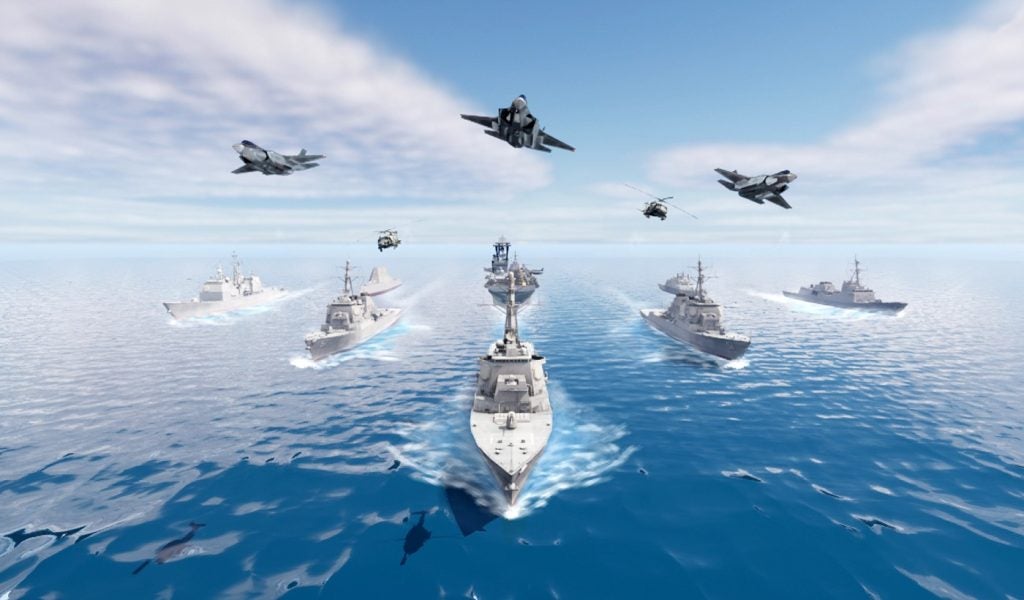Lockheed Martin will assume the role of the integrated combat system (ICS) systems engineering and software integration (SESI) agent with the US Navy, enabling the real-time updating of critical software in Aegis-capable warships.
Such platforms include Arleigh Burke-class guided missile destroyers, Ticonderoga-class guided missile destroyers, as well as amphibious assaults platforms and aircraft carriers.
GlobalData intelligence on the US Defence Market highlights that the Arleigh Burke is a class of guided missile destroyers (DDGs) operated by the US Navy built around the Aegis Combat System. The older Ticonderoga-class cruisers, while slowly being phased out, are still equally valued Aegis platforms.
Commenting on the development, Joe DePietro, vice president and general manager for multi-domain combat solutions at Lockheed Martin, highlighted the strategic importance of the Integrated Combat System in modern naval operations.
He stated: "Our 21st Century Security strategy is delivering capabilities like the Integrated Combat System, a next generation of combat management system capabilities to give decision-makers the tools needed to determine a course of action and then execute their critical missions."
Lockheed Martin supports the US Navy's ambition of establishing a fully cohesive ICS, uniting multi-domain assets under a common architecture across the entire surface fleet. This approach is intended to streamline communication, enhance coordination, and bolster the US Navy's readiness against present and future threats.
The ICS SESI programme, previously known as the surface combatant combat systems engineering agent role, builds on Lockheed Martin's history of providing the Aegis weapon system to the US Navy and international navies. Additionally, Lockheed Martin currently serves as the Ship Self Defense System provider on large deck amphibious ships.









